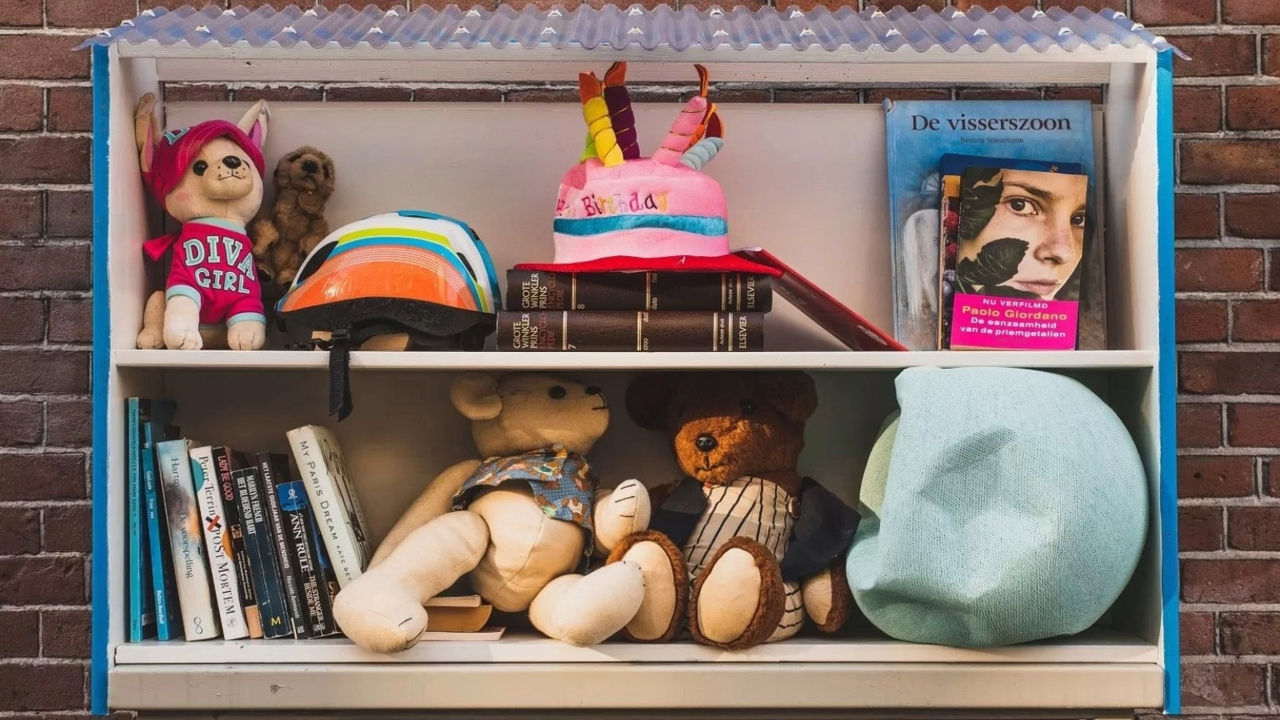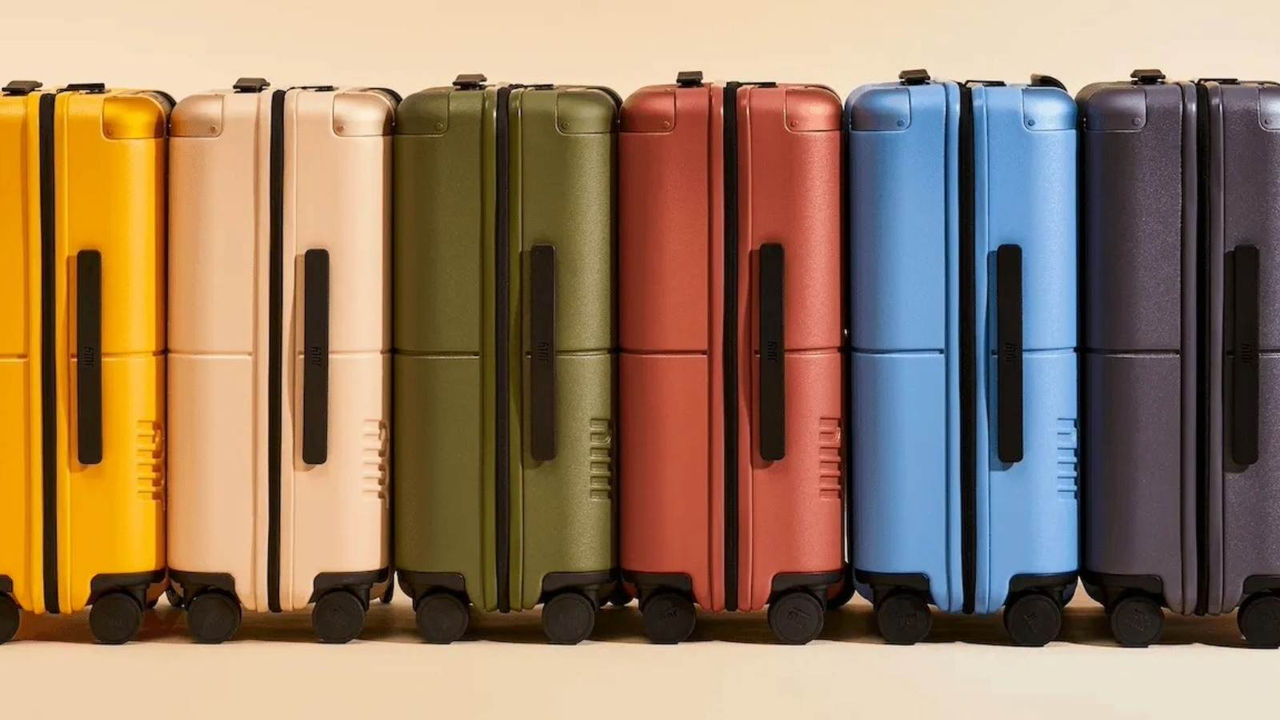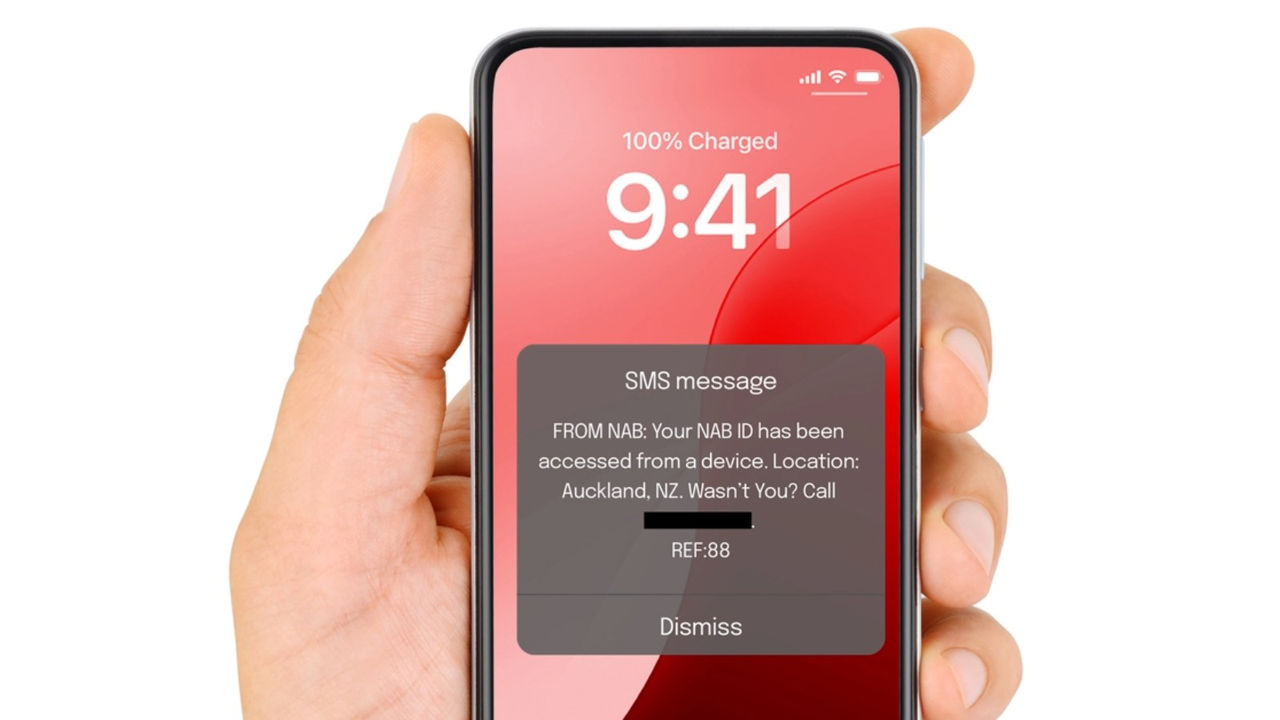Australians lost $260,000 to PayID-specific impersonation scams last year, according to Scamwatch, while total scam reports to NAB increased 38% year-on-year.
NAB Executive Group Executive and Fraud Chris Sheehan said PayID deception was the latest impersonation scam and the true number of scams impacting the community was expected to be higher given many aren’t reported.
“No one wants to try to sell their old couch, fridge, phone or pram and it inadvertently ends up costing them. Unfortunately, that’s what’s happening more and more when people try to sell items online,” Mr Sheehan said.
“Just as online marketplaces have replaced garage sales as the go-to option to sell second-hand items, the way we make and receive payments is also changing.
“PayID is a relatively new payment method and is quick, safe and simple. It is also free – and the biggest red flag of any PayID-related scam is often if someone asks you for money to upgrade an account or to access PayID. There are never any charges related to using PayID.
“It is also important to remember PayID will never send you an email, text or message directly. If you receive one of these, it is a scam.
“Cyber criminals are sophisticated and we’re unfortunately now seeing them try to exploit PayID given, on the whole, it isn’t as familiar to the community as other ways to send and receive money.”
Mr Sheehan encouraged Australians to learn about PayID so they could see through scams.
“Educating yourself about PayID and remaining vigilant means you’ll be more likely to spot red flags,” he said.
Remember, you will never:
- Need to send money first to receive a payment via PayID.
- Need to take any additional action, like upgrading your account or paying additional fees, before money can be received into your bank account.
- Receive communication directly from PayID via email, text, or messenger. PayID is managed by your bank.
Mr Sheehan said scams were a society-wide issue and underlined the need for greater collaboration across government, business sectors and the community to stop the crime.
“We will always make every attempt to prevent scams and recover funds where possible, but it can be very difficult to recover them once the funds have left a victim’s account,” he said.
“I urge anyone who thinks they might have been scammed to contact their bank immediately. We are here to help.”
ENDS
Note to editors
What is PayID?
- PayID is a free payment method launched in February 2018. It uses a person or business’ mobile phone number, email address or an ABN to send and receive funds almost instantly.
- PayID allows the payer to see a confirmation screen, which include the intended payee’s PayID name, before they authorise the payment.
- Learn more about PayID at Fast payments with PayID | Customer support – NAB , opens in new window
What is a PayID impersonation scam?
- PayID impersonation scams often target people selling items on second-hand websites.
- The scammer will push to buy your item using PayID, but then claim the transaction couldn’t be completed because you don’t have a PayID “business” account.
- They’ll claim they’ve sent extra money to upgrade the account, send you a fake email as evidence and pressure you to reimburse them. But no money will ever appear in your account.
- More information is available on NAB’s security hub website: www.nab.com.au/security, opens in new window .





